Last week I published a post about the Boeing 777 10 across club – those who have ten seats in the back row of economy class of the plane.
This week, I’m going to take a deep dive into the data and see what gems we can dig up about these high capacity, high ferrying planes.
Firstly, Back to Basics – The Different types of Boeing 777.
The Boeing 777 entered service in 1995, and has six main derivatives in operation (at this time)
- Boeing 777-200 – The baseline model introduced in 1995. Range of 6,027 Miles
- Boeing 777-200ER – The extended range model introduced in 1997, range of 8,892 Miles
- Boeing 777-200LR – The Ultra Long Range Model introduced in 2006, with a range of 10,793 miles
- Boeing 777F – The Freighter version for those who need to move cargo without passengers. Based on the 777-200LR, introduced in 2009, with a range of 5,636 miles
- Boeing 777-300 – A stretch of the baseline 777-200, with a 10.1 metre extra length. Introduced in 1998 with a range of 6,910 miles
- Boeing 777-300ER – The favourite of a lot of operators, which is an Extended Range version of the 777-300. Introduced in 2004, and a range of 9,128 miles.
For the sake of the discussion, we’re going to skim over the 777-X series (as they’re paper planes at the moment), and the 777F (because it carries no passengers).
The Operators
Eighteen airlines that operate 10 across seating layouts is spread across the who family:
- Aeroflot
- Air Canada
- Air France
- Air New Zealand
- Alitalia
- American Airlines
- All Nippon Airlines
- Austrian Airlines
- China Southern
- Emirates
- Etihad
- JAL
- Jet Airways
- KLM
- Philippine Airlines
- Scoot
- TAM
Seating.
But these airlines offer lots of configurations of these aircraft and have different seat totals. Lets look at the seat counts (including classes of service too).
We all know the seating classes, but for clarity here they are in easy to digest details:
- First Class – these can be suites or a regional first class seat
- Business Class – The flat bed for internationals, seats for regional services
- Premium Economy – A higher level of economy class seating that features extra legroom and width
- Extra Space Economy – sometimes sold by airlines as Economy Plus, Economy Comfort or Main Cabin Extra – an economy class service with more legroom. It may offer a less dense seating pattern.
- Economy Class – The lowest class on the plane, providing seat and other amenities.
I’ve separated out the Economy Class section a bit as it can be difficult to segment how airlines choose to sell Premium Economy/Extra Space Economy Seating (either as a completely different product in Premium Economy, or as a benefit/buy-up option which is a common feature in Extra Space Economy product).
And the list is below:
What can we deduce from these numbers?
- There is no such thing as an “Average Configuration”
- Airlines have their own ideas and plan when it comes to these aircraft. They set them for various missions and configure them as such.
- Airlines are not afraid to use crush configurations on high density routes (such as JAL and ANA who cram 500 to 514 passengers aboard a 777)
- Even Long Haul services aren’t immune – The highest capacity 777-300ER is operated by Air France at 468 seats, with Air Canada operating 458 seat planes. Scoot has the highest capacity 777-200ER at 402 seats
- The lowest capacity 777-300ER also belongs to Air France with a much more premium orientated aircraft with 251 aircraft. The next largest is also operated by Air France with 303 seats. The upcoming two-class American Airlines refit will have the lowest count at 261.
- Average Seat counts:
- 6 Business Class seats
- 40 Business Seats
- 26 Premium Economy Seats
- 35 Extra space Economy
- 305 Economy Seats
So the spread across the fleet looks like this:
What about the seating configurations for these planes? In this, we are examining the full plane, not just the Economy Class Cabin.
In other words, what can fit across the width of the cabin at 19ft 3in… or 5.87 metres?
As my ability to draw pretty maps in non-existent, I’m expressing seating configuration in numbers, so:
LEFT OF FIRST AISLE MIDDLE BLOCK RIGHT OF THE SECOND AISLE Example First Config 1 2 1 Example Business Config 2 3 2 Example Economy Class 3 4 3 So, First class can be expressed as a 1-2-1 seat layout, whilst Economy class can be expressed as 3-4-3
So what does this show?
- First Class bar a few exceptions is pretty much 1-2-1 on longer haul routes (with only China Southern spoiling the picture)
- Business Class is a very different picture with the dominant configuration being 2-3-2. 1-2-1 configurations aren’t rare but in the smaller side, with staggered configurations showing up too.
- Premium Economy where offered is pretty much 2-4-2 (with a couple of exceptions
- Extra Space Economy is variable, with no dominant seating pattern
- And of course in Economy, 3-4-3 is the order of the day…
The Future
The future of the Boeing 777 is can be interesting – with the rollout of the 777X series aircraft. The initial specifications of the aircraft call for a wider cabin and currently used, with the current cabin rated as 19ft 3in/5.87 metres aboard the 777-200/300 series. The 777X is currently specifying a larger internal capping off 20 ft/6.10 metres – an increase of approximately of 9.05inches or 23cm.
Put it like this – if carriers do not specify 10 across in the back of the 777X I will be extremely surprised.
Conclusion
For the passenger in the back, comfort is going to take a hit as airlines continue to pursue profits. And as such, I can’t see airlines walking away from this configuration in the back of plane (and to be honest, I see more big airlines adopting this as they seek to make money).
I can see a business case for some airlines who choose to pursue a better passenger experience – and those airlines could well be worth pursing if you want more shoulder room.
However, for the passenger it pays to check before you book – using the online tools and analysing seat maps to ensure you get the seat you want at the comfort level you require.
Next time:
I’ll be continuing my deep dive of the data, and looking at shoulder room and legroom, as well as throwing a few nine-across aircraft into the mix.
Datasources:
- SeatGuru
- SeatExpert
- Airline web sites
- Wikipedia
- The Boeing Company
The Data:
The Data itself is available for those who wish to perform further analysis on it. You can download it at my Dropbox at both in XLSX and CSV format for use.
The data collated is offered “as is”, and no warranty or fitness for purpose is assigned to it other than display purposes on GhettoIFE.com. Should you choose to use the data, please bear this in mind. Corrections can be emailed to blog@ghettoife.com where the data will be updated as and when possible
If you have any questions over the data and do not wish to use the comments, please email blog@ghettoife.com
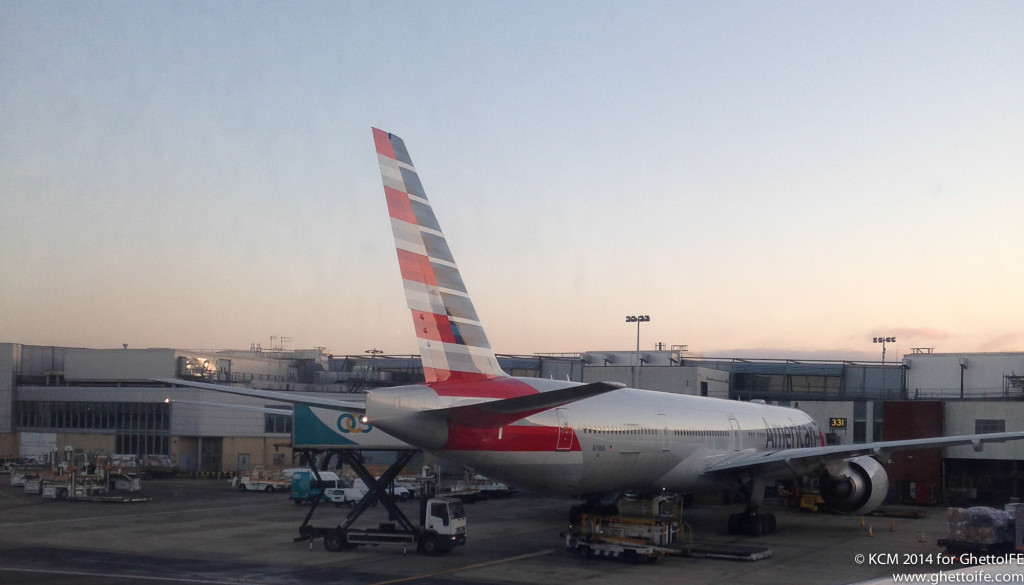
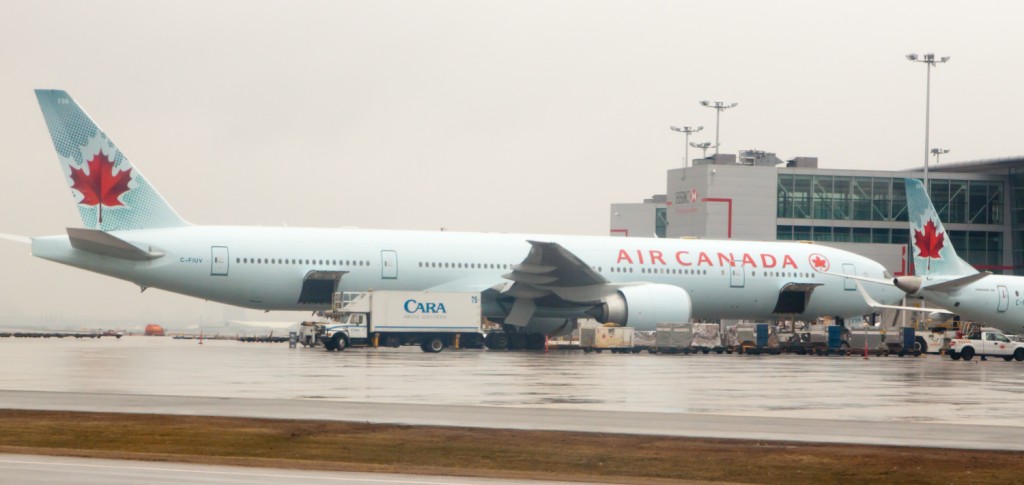
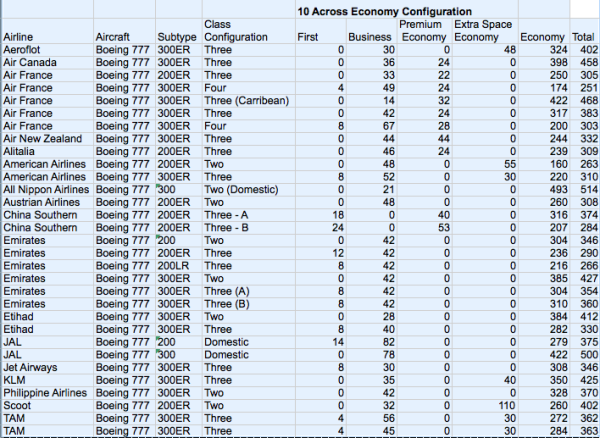
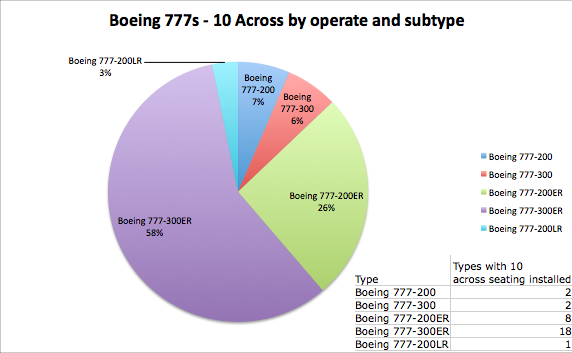
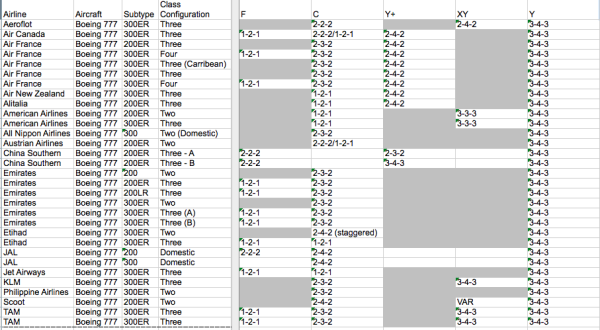
10-across on 777X is fine because it’s wider (IIRC) than 744, which is plenty comfy (of course not the A380 level, but very good enough)
10-across on the 77W, however, is an abomination. i’ve done it once on AF JFK-CDG and it was so uncomfortable – barely better than charter planes like ThomasCook.
airlines can vote their wallet and stuff their planes. i’ll also vote my wallet to avoid them at all costs.
I’ll crunch those numbers for you next week that should be quite interesting to look at 🙂
But like you, I’ll vote with my wallet.
I’m not campaigning for change – rather awareness.
Aeroflot has full premium economy product (seat, food, priority), not extra space one